Top 5 Yoga Inversion Poses For Beginners
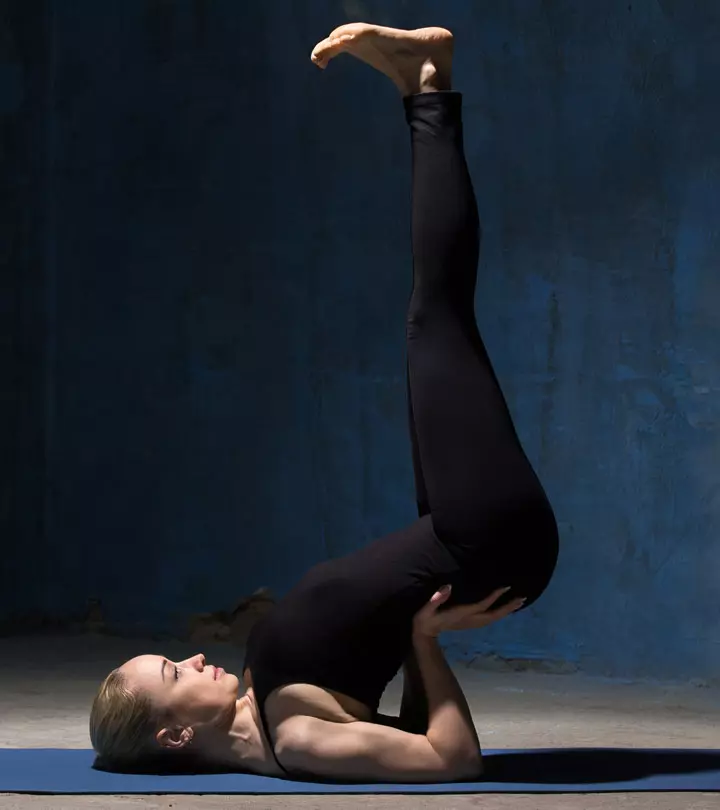
Image: i Stock
Stress and a hectic lifestyle are slowly eating away our lives that had once been a peaceful affair. But all is not dull and dreary! You can certainly lead a happy and healthy life even in the mad rush that is the world today. With inversion yoga, you can keep a tab on your stress levels, allowing your body and mind to stay calm.
The poses practiced under inversion yoga are based on ‘Viparita Karani’, where the head comes in contact with the earth and legs with the sky. While Sarvangasana [Shoulder stand pose], Sirshasana [Head Stand Pose], and Halasana [Plough Pose] are the most popular among the inversion poses, only Sirshasana poses are suitable for beginners. That is why we have put together some mild inversion yoga poses along with the Head Stand Pose which beginners can practice.
In This Article
Why Inversion Yoga?
Ayurvedic philosophies suggest that our well-being lies in our lower abdomen. So, if you have a lower abdomen that is clogged with impurities, then you will be prone to various medical conditions, including obesity, diabetes, and cardiac disorders. The inverted poses actually come with lots of benefits. Along with calming your spirit, these help women to normalize their menstruation cycles and are also helpful in correcting displaced uterus and fallopian tubes. Sculpted abs is an added bonus!
Yoga Inversion Poses for Beginners
Here are the 5 Inversion yoga poses for beginners to practice:
1. Viparita Karani – The Inverted Posture – Legs up the Wall Pose:
This posture allows your head, throat, and neck to be supplied with blood in abundance. The result – the nerve centres in the brain, pituitary glands, and your thyroid gland experience a new surge of energy. A gentle, restorative, and relaxing pose, it is also called the elixir of youth pose.
Here is what Viparita Karani has to offer you:
- Helps you flush out stress and anxiety
- Eases lower back pain
- Assuages menstrual cramps, PMS, and menopausal symptoms
- Improves digestive power
- Helps heal migraine and headaches
- Helps to cure insomnia and depression
- Rejuvenates tired legs
- Cures varicose veins and swollen ankles
Beginners’ Tips :
- Always breathe normally and keep your legs in position with your breathing rhythm.
- If you are unable to keep your legs flat, bend your knees slightly at about 15 to 30 degree. But make sure it is not bent too much as it could hamper with the benefits.
2. Adho Mukha Svanasana (Downward Facing Dog Pose):
This is a mild inversion yoga pose, which is one of the 12 poses of Surya Namaskar. This pose is quite easy to practice and is perfect for the newbies of yoga. Along with calming your nervous system, this pose helps with your menstrual cycle problems too. You can even use this pose as a stretching exercise before and after your workout.
Reap the following benefits of Adho Mukha Svanasana with regular practice:
- Elongates the spine, while relieving its tension
- Helps ease sciatica pain
- Eases sinusitis
- Renders the arms, back and shoulders stronger
- Boosts digestive mobility and power, easing constipation and other digestion problems
- Offers a good stretch for calves and hamstrings as well as hands
- Eases back pain
- Helps you cope with headaches and migraine
- Helps you relax and rejuvenate
- Frees you from sleeping troubles
- Alleviates pre menstrual and menopausal symptoms
- Eases menstrual disorders when done with head supported
Beginners’ Tips:
Use a block or metal chair, couple of feet away from your legs, to prop up your hands and support yourself. This will help in opening up the shoulders, which otherwise is achieved by keeping the palms on the ground at shoulder length.
3. Sirshasana (Head Stand Pose):
Bid adieu to hair fall and welcome supple and thick hair with this basic inversion yoga asana! In this asana, you will invert yourself completely, allowing the head to rest on the floor. While your arms support your head, the feet rest firmly in the air. Despite being a complicated pose, it is usually advised for beginners. However, do not attempt this pose if you are suffering from hypertension or back and neck injuries. Pregnant women are also advised to stay away from practicing this asana.
This is what you can expect from Sirshasana:
- Strengthens your arms, neck, and shoulders
- Helps in delaying and even reversing ageing
- Boosts your digestive power
- Helps you beat stress and depression
- Helps in calming your mind
- Improves circulation to pituitary and pineal glands
- Relieves symptoms of sinusitis and insomnia
- Helps women combat infertility issues
- Eases pre menstrual, menstrual, and menopausal symptoms
- Tones and sculpts your core and abdomen
- Strengthens lungs
Beginners’ Tips:
Beginners will find it difficult to keep the elbows erect while practicing the Head stand. Try to buckle a strap and loop it above your elbows over the arms. Stretch out your arms and adjust the strap when the arms are shoulders wide so that it fits tightly around your arms.
Precautions:
Even though this is a beginners’ pose, please do not practice it at home unless you are thoroughly comfortable with the posture. The slightest mistake can lead to grave, irreversible injuries.
4. Shashankasana (Hare Pose):
It is very challenging for beginners to practice inversion yoga poses generally. However, the Hare pose is an easy way to get comfortable with the inverted poses. It is not a 100% inversion, but is beneficial for improving your posture and easing chronic neck and back aches.
Here is what Shashankasana has in store for you:
- Makes your spinal cord more elastic and flexible by stretching the back
- Strengthens and tones thigh muscles
- Elongates your spine and improves the posture
- Improves digestive powers and eases digestive problems such as indigestion and acidity
- Helps you calm down and relax completely
- Helps in easing stress, anxiety, mild depression, and insomnia
- Improves blood supply to the head and boosts your energy levels
- Triggers the endocrine glands and helps maintain hormonal balance in the body
Beginners’ Tips:
- Always allow yourself to get comfortable with Vajrasana or Diamond pose before practicing this asana.
- Make sure you bring this pose to an end gently; otherwise you may end up feeling lightheaded.
Precautions:
- People with hypertension and dizziness should not practice this pose.
5. Dolphin Pose:
Also called the puppy pose, it is a variation of Adho Mukha Svanasana or the Downward Facing Dog Pose. A gentle inversion yoga pose, it is ideal for beginners. The pose focuses on the core, upper back, and shoulders and helps women ease their menstrual discomfort too.
The forward bend Dolphin Pose can give you the following benefits:
- Strengthens your arms and shoulders
- Eases back pain
- Helps you calm down and relax completely
- Eases stress and mild depression
- Combats various sleep disorders
- Strengthens, tones, and sculpts the abs
- Can help treat asthma, hypertension, sciatica, and flat feet
- Helps women combat menstrual and menopause symptoms in a better way
Beginners’ Tips:
- Lift the elbows while pressing your wrists on the floor to open up shoulders without stressing.
- Place a blanket or pillow to support your head to avoid neck injuries.
Are There Any Contraindications For Inversion Yoga Poses?
As with all forms of workouts, these poses too come with a set of dos and don’ts:
1. Avoid performing these asanas if you are suffering from hypertension, eye and ear problems, or have a history of neck and back injuries. While certain poses are beneficial, it is highly recommended to perform these poses under professional guidance to avoid injuries.
2. Women who are menstruating should avoid inverted yoga poses as it could have drastic effects on the bleeding.
3. Pregnant women are advised to refrain from practicing inversion yoga in general, but you can go ahead if your doctor gives a green signal. Always practice pre-natal yoga under proper guidance.
4. Always perform these inverted postures on an empty stomach to avoid acid reflux and other gastric troubles.
5. Learn all the asanas properly and thoroughly from a certified yoga professional before practicing them alone. Take special care while performing poses such as Sirshasana as the slightest negligence can prove to be costly.
While you can do inversion yoga poses at any point of the day, performing them early in the morning will keep you revitalized and refreshed throughout the day. All these yoga inversion poses for beginners can act as elixirs of life, provided they are practiced regularly in the right manner. Also, these poses will help you view your life from a different perspective.
Do you practice yoga? Have you ever tried any of these poses and did they help? Please share your views with us in the comments section below!
Read full bio of Shirin Mehdi



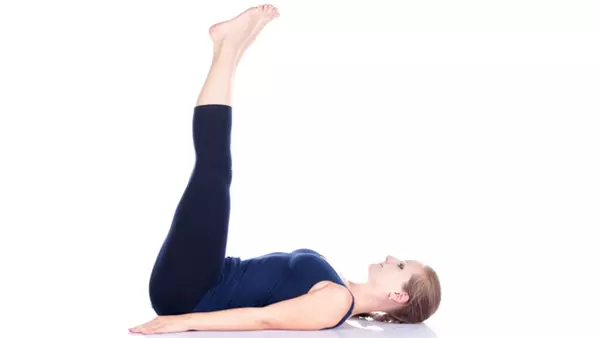
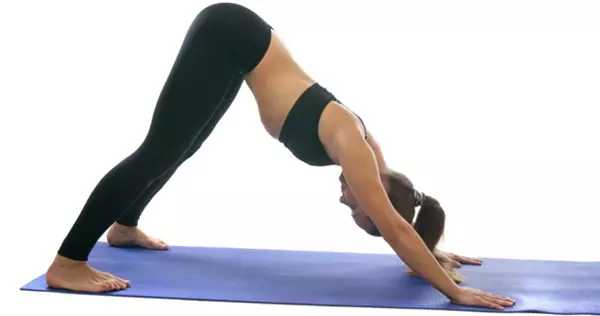
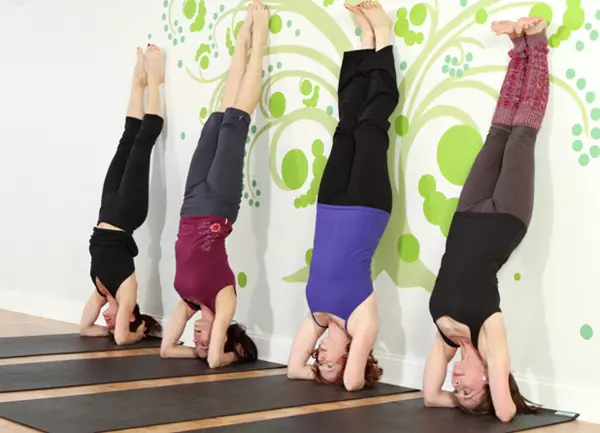
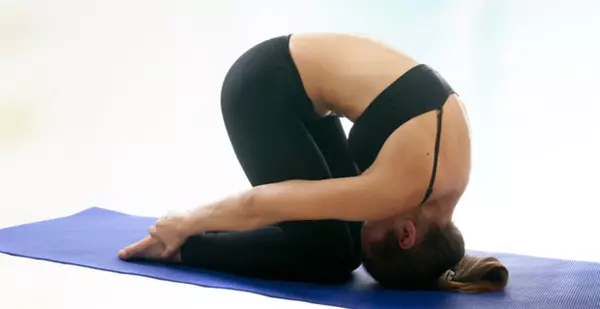



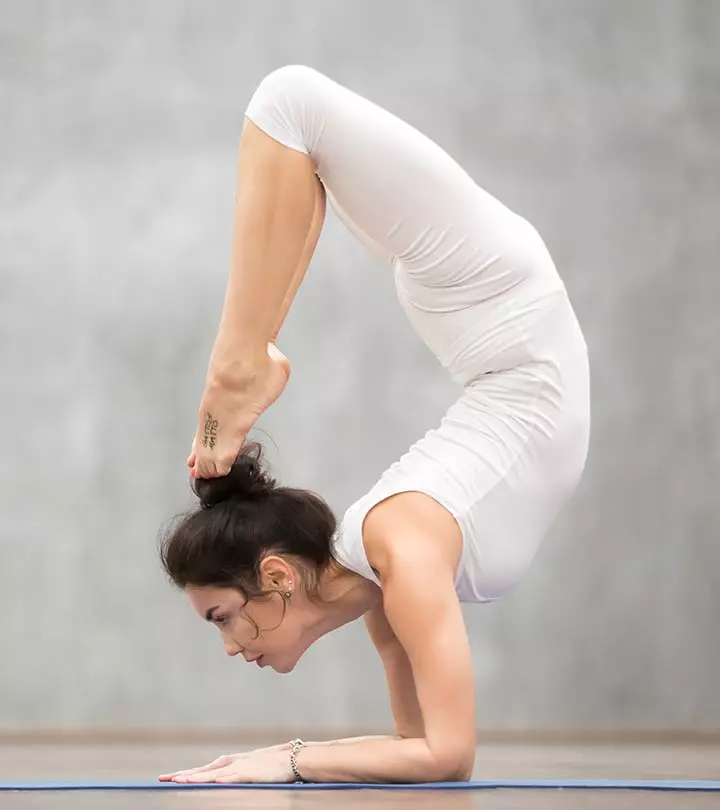
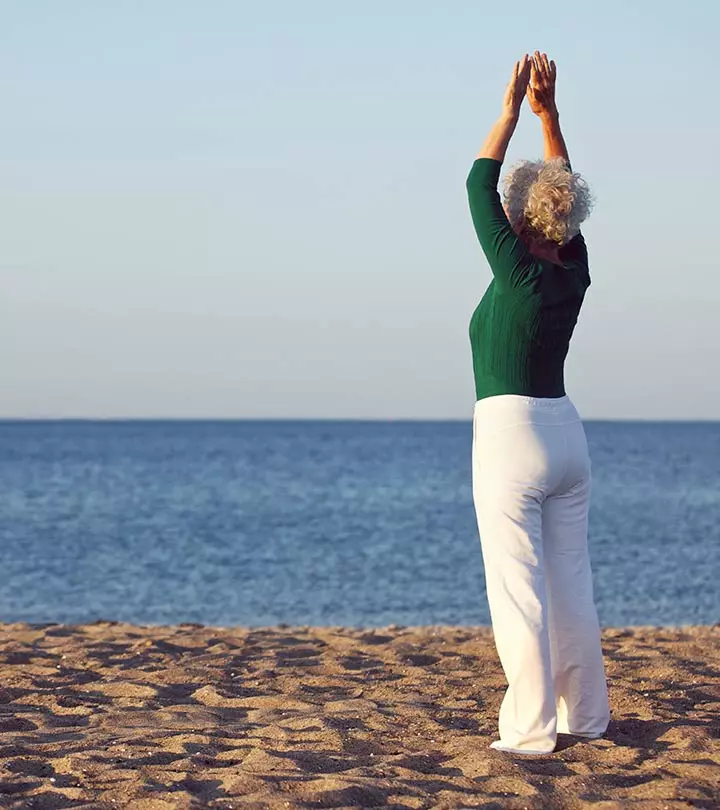
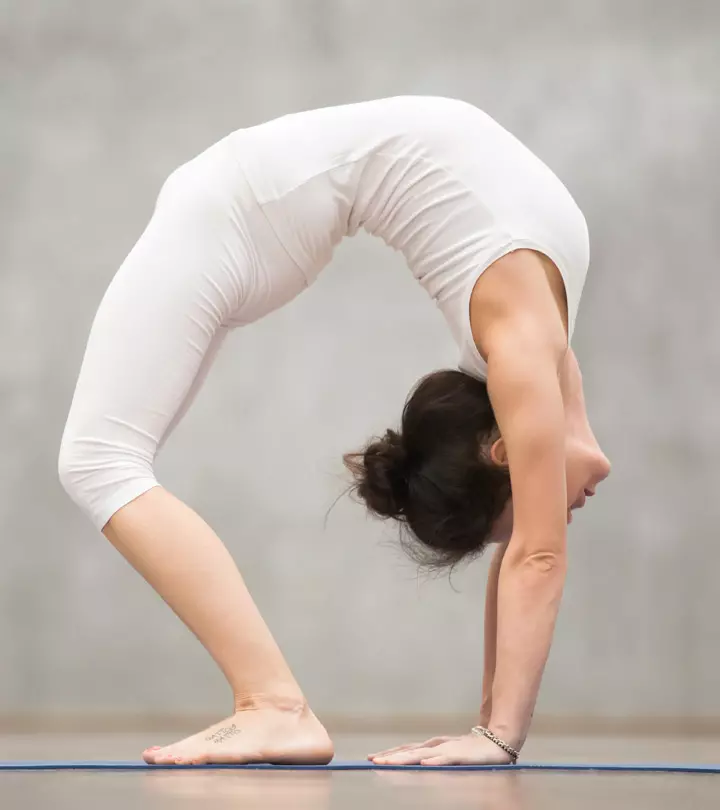
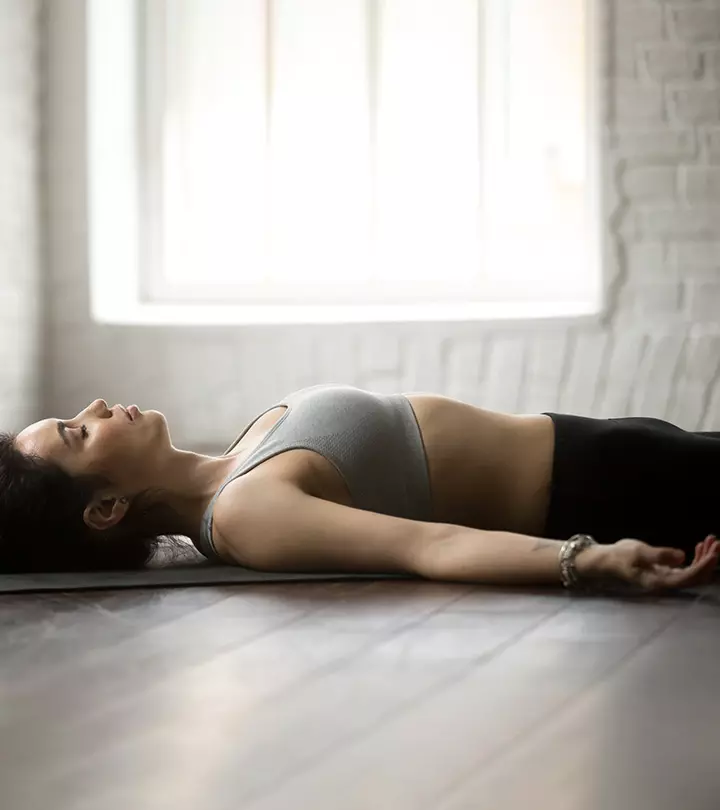

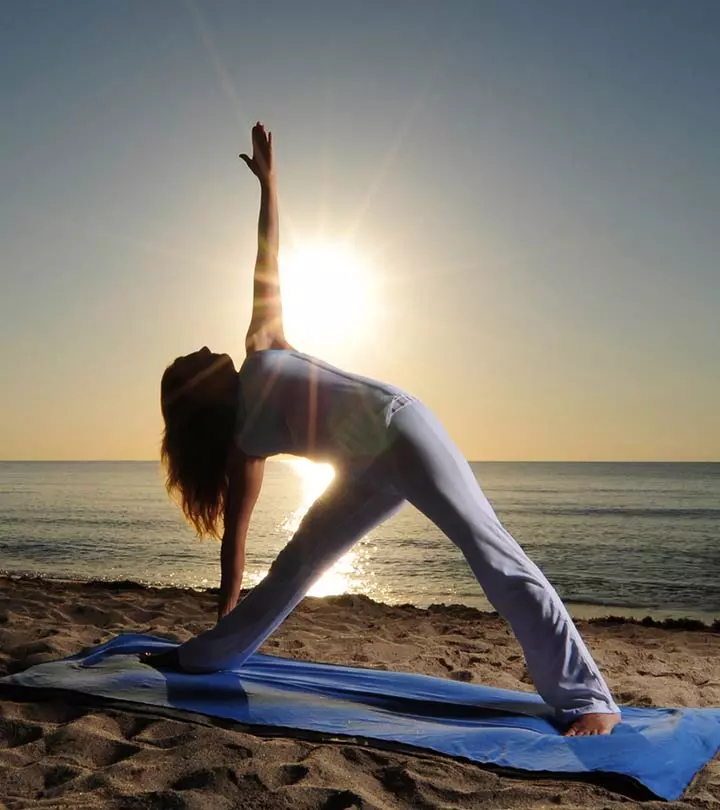
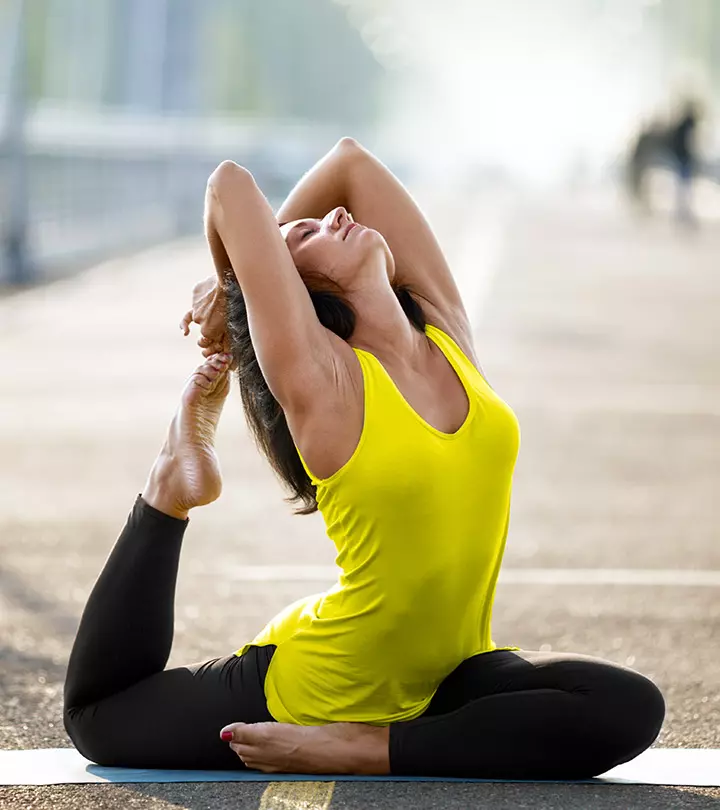
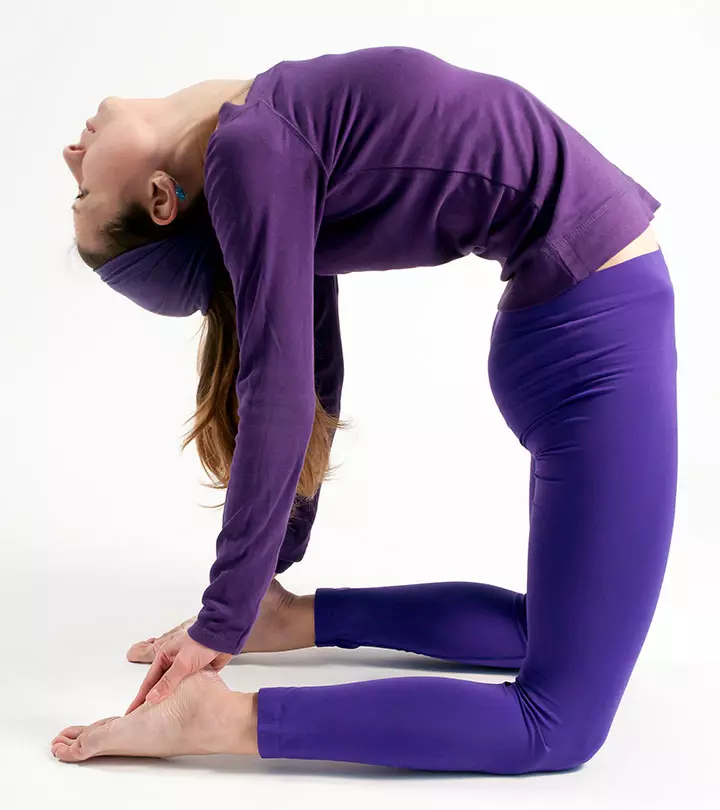


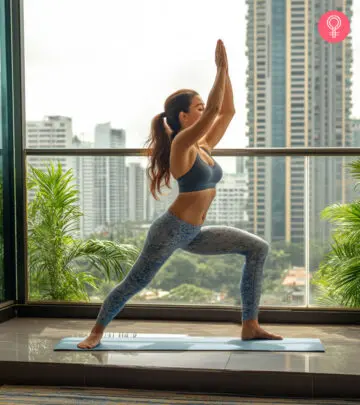

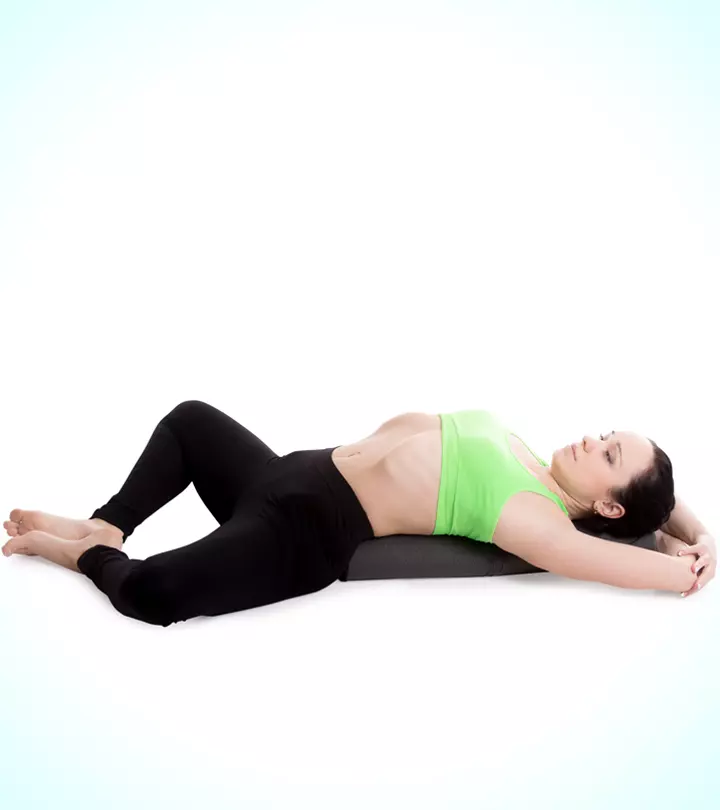

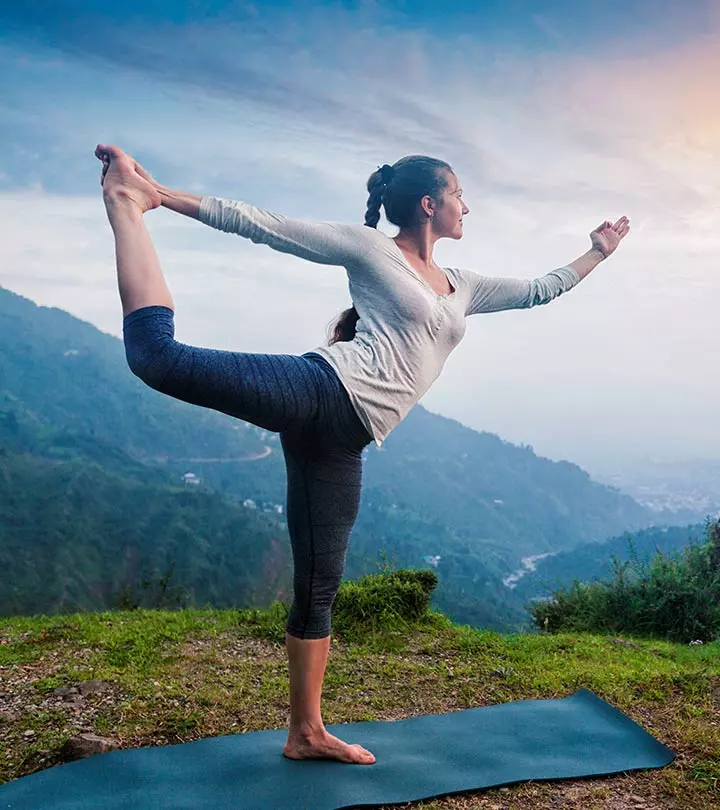

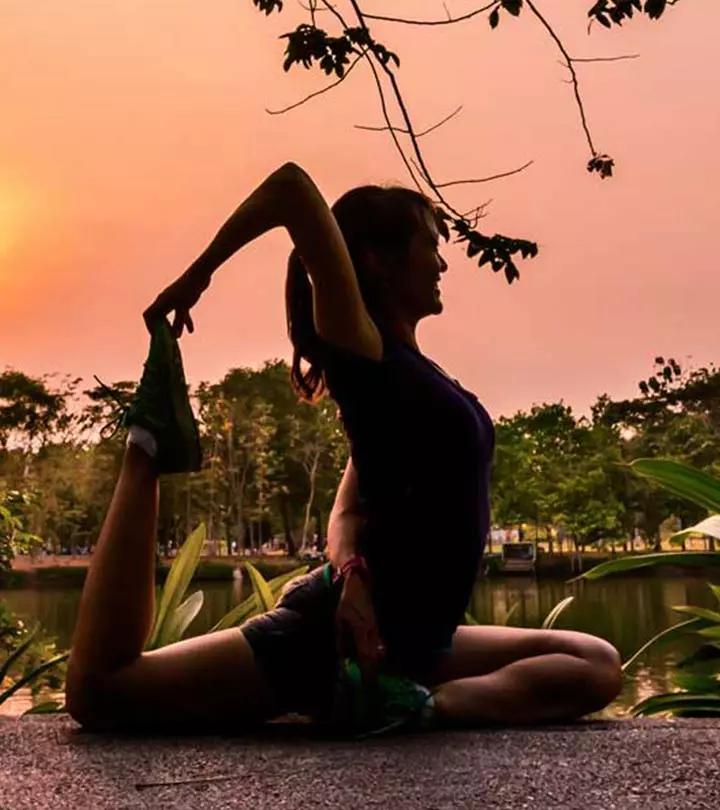

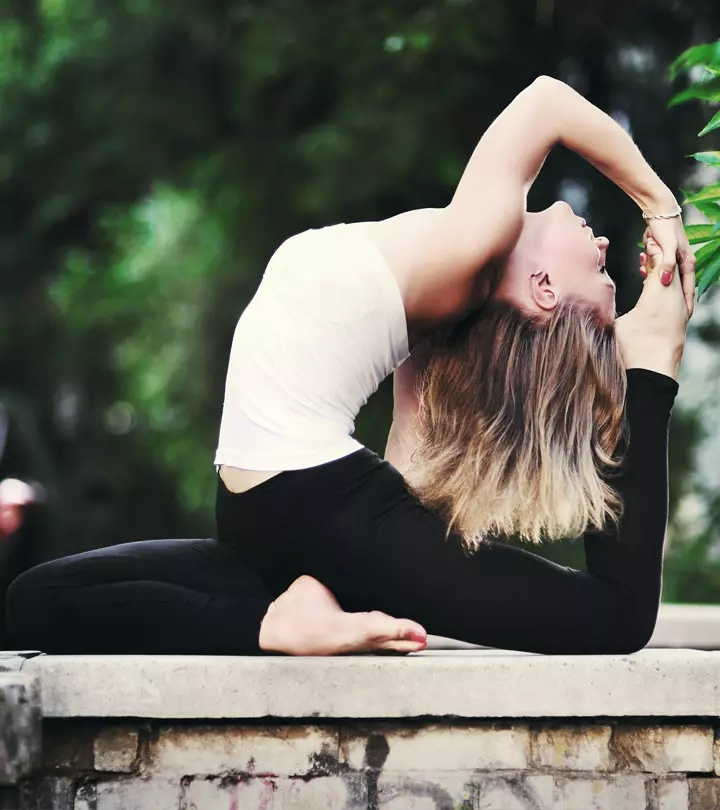
Community Experiences
Join the conversation and become a part of our empowering community! Share your stories, experiences, and insights to connect with other beauty, lifestyle, and health enthusiasts.